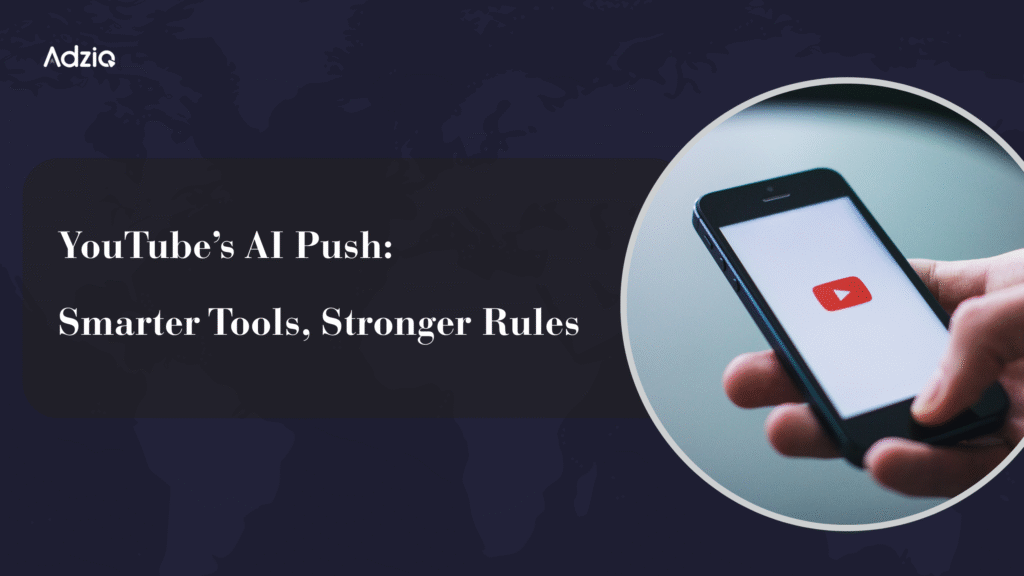
YouTube Balances AI Creativity with Stricter Content Standards
YouTube is accelerating its push into artificial intelligence, rolling out new tools to make content creation easier and more engaging, while also tightening its rules to prevent an influx of low-quality, AI-generated videos.
Earlier this month, the video-sharing giant unveiled a series of AI-powered features aimed at empowering creators. Among them are GenAI tools designed to streamline the Shorts creation process, giving users more ways to experiment with style, editing, and storytelling in bite-sized videos. These updates build on YouTube’s growing suite of AI enhancements, which already include an AI-driven search results carousel — a feature that mirrors Google’s AI Overviews — and the expansion of a conversational AI assistant. The assistant helps users navigate the platform by providing content recommendations, surfacing additional information, and generating quick video summaries.
The company’s AI strategy is clear: leverage the technology to help creators work faster, innovate more, and connect with audiences in fresh ways. For viewers, the shift promises smarter discovery and more personalized experiences on the platform.
However, YouTube is also making it clear that not all AI-generated content is welcome. Alongside its rollout of new creative tools, the company updated its policies to address the growing issue of “AI slop” — a term critics use to describe low-effort, mass-produced, or repetitive videos generated by artificial intelligence. Under the new rules, creators producing “inauthentic” content will face restrictions on monetization. This means videos that lack originality or rely heavily on automation without adding value could be demonetized, preventing creators from earning ad revenue.
The move underscores YouTube’s effort to balance innovation with quality control. While AI offers exciting possibilities for storytelling and discovery, unchecked use of automated tools risks flooding the platform with digital clutter — something that could undermine viewer trust and dilute the creator ecosystem.
By both empowering creators with advanced AI capabilities and cracking down on misuse, YouTube is positioning itself as both a pioneer and a gatekeeper in the age of generative AI. The platform’s message is straightforward: creators are encouraged to explore AI’s potential, but only when it enhances originality, creativity, and value for audiences.
As competition among social platforms intensifies, YouTube’s dual strategy of embracing innovation while enforcing authenticity could prove crucial in maintaining its dominance as the go-to destination for online video.